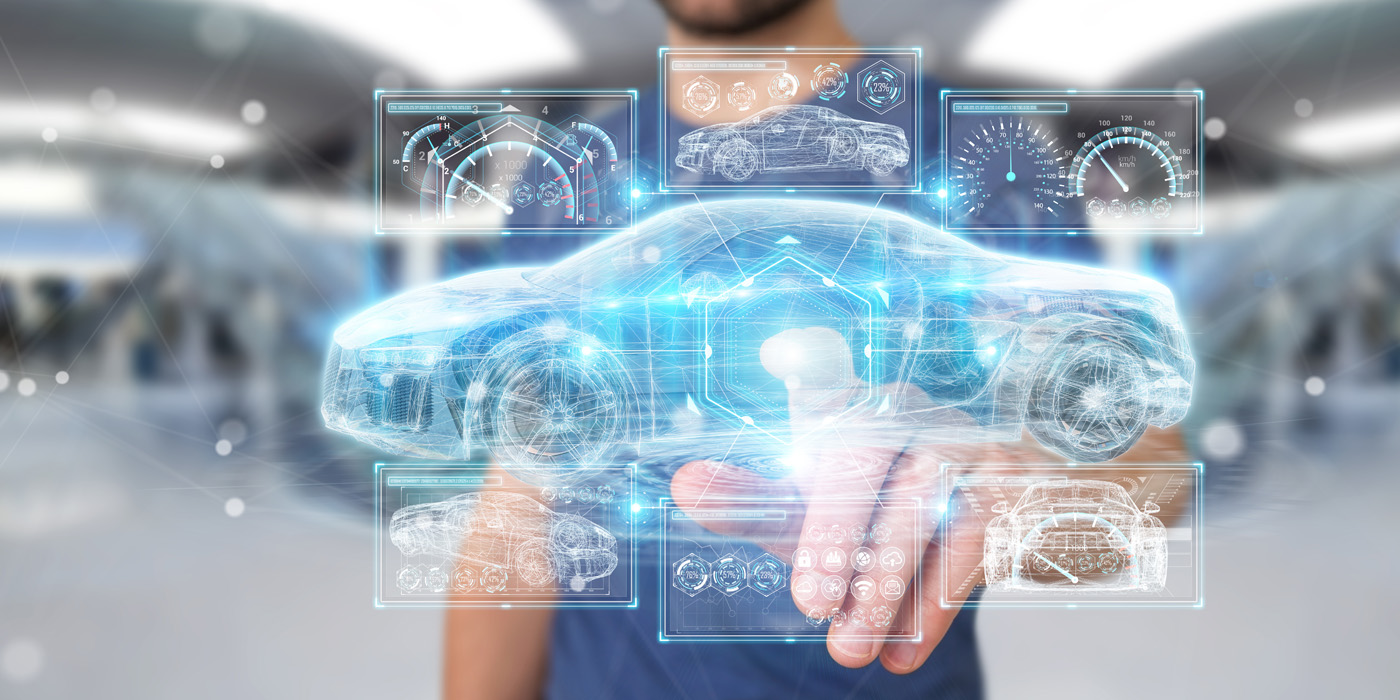By Tunc Kip
One of the key principles of DMAIC used by Six Sigma is that it is necessary to have great patience, understanding that the information which will be required for creating a solution is, more often than not, unavailable in the beginning of the project.
This same understanding and the proven results of the strategy which is the essence of DMAIC are success factors for any industry as well as any individual with or without a deep understanding of the subject but a true understanding of the methodology.
Confidence in the DMAIC method comes together with the willingness to gather a possibly vast amount of information available through research which, when compared to the information already available, may offer a much broader understanding of the problem.
The additional time spent preparing for the ability to point at a possible solution returns immeasurable benefits in terms of reduced number of trials, reduced use of resources and focused approaches to areas of potential improvement.
Building on the first three phases of DMAIC, Improve phase offers the opportunity to present solutions supported by scientific and explainable research. In this phase, even the subject matter experts might suggest varying opinions on the findings, because the entire thought process leading to the visualization of Improve phase makes it possible to easily go back while making the necessary modifications.
Improve phase consists of pilot studies which test the proposed theories to be later evaluated using the same measurement methods used in Analyze phase. These pilot studies shed light over the scenarios that are ultimately put in place to eliminate the initially identified problem and achieve the stated goal. Improve phase also entails a series of structured brainstorming sessions. These sessions allow free thought flow and consideration of uncommon ideas in order to offer the most innovative solutions. The underlying structure in these sessions keeps the subject matter experts aligned with the purpose of the project and encourages them to propose ideas which are measurable, scientific pieces not based on opinion which add to the ultimate solution.
These brainstorming sessions implement a style and structure, which incrementally narrow the scope and focus the efforts. The initial step in these sessions is the formation of an idea matrix in which any idea may be considered a positive factor in overcoming the challenges, which at this point in DMAIC have already been identified as the root causes of the problem. These ideas are proposed individually for each challenge and the resulting combination is evaluated in the next part of Improve phase, which is the decision matrix. The decision matrix is no different from a weighted scoring table which effectively presents the way in which the evaluation is done and the reason that the proposed solution is chosen, which is a combination of ideas from the idea matrix. As is the case with any part of DMAIC, the decision matrix illuminates the thought process and allows for any modifications if subject matter experts feel the need for such.
Finally the solution surfaces. Although Define phase has stated a goal for the project, for any DMAIC the underlying goal is to always minimize the use of resources and achieve the greatest impact. It is possible that a change within the scope of the project might necessitate other changes, sometimes undesired ones. In order to put to test the proposed solution and anticipate the necessary design improvements, the solution undergoes an FMEA analysis. Failure Mode and Effects Analysis describes a theoretical environment. It provides the platform for brainstorming about scenarios in which the proposed solution might present other issues and allow for the facilitation of discussions on design controls. FMEA can be a lengthy exercise as is the case with Define phase; however, any thinking done prior to implementation is almost always guaranteed to save resources in the long run.
The last phase of DMAIC focuses on ways to make the improvements last. Even after a solution is found and improved results measured, processes can revert to previous conditions. Control phase’s goal is to make the changes last, maintaining the achieved results.
Tunc Kip is Business Development Manager for Temel Gaskets.













